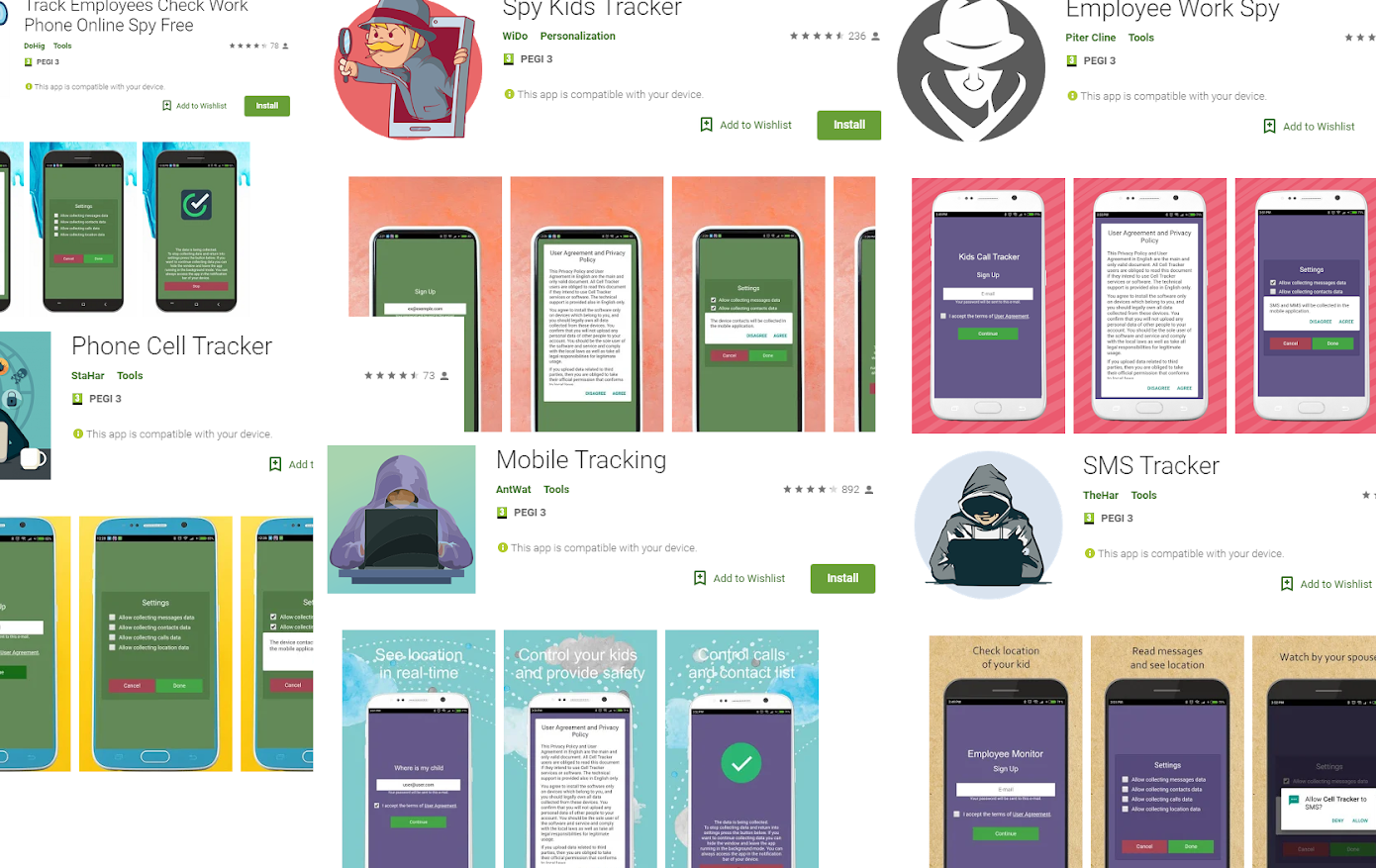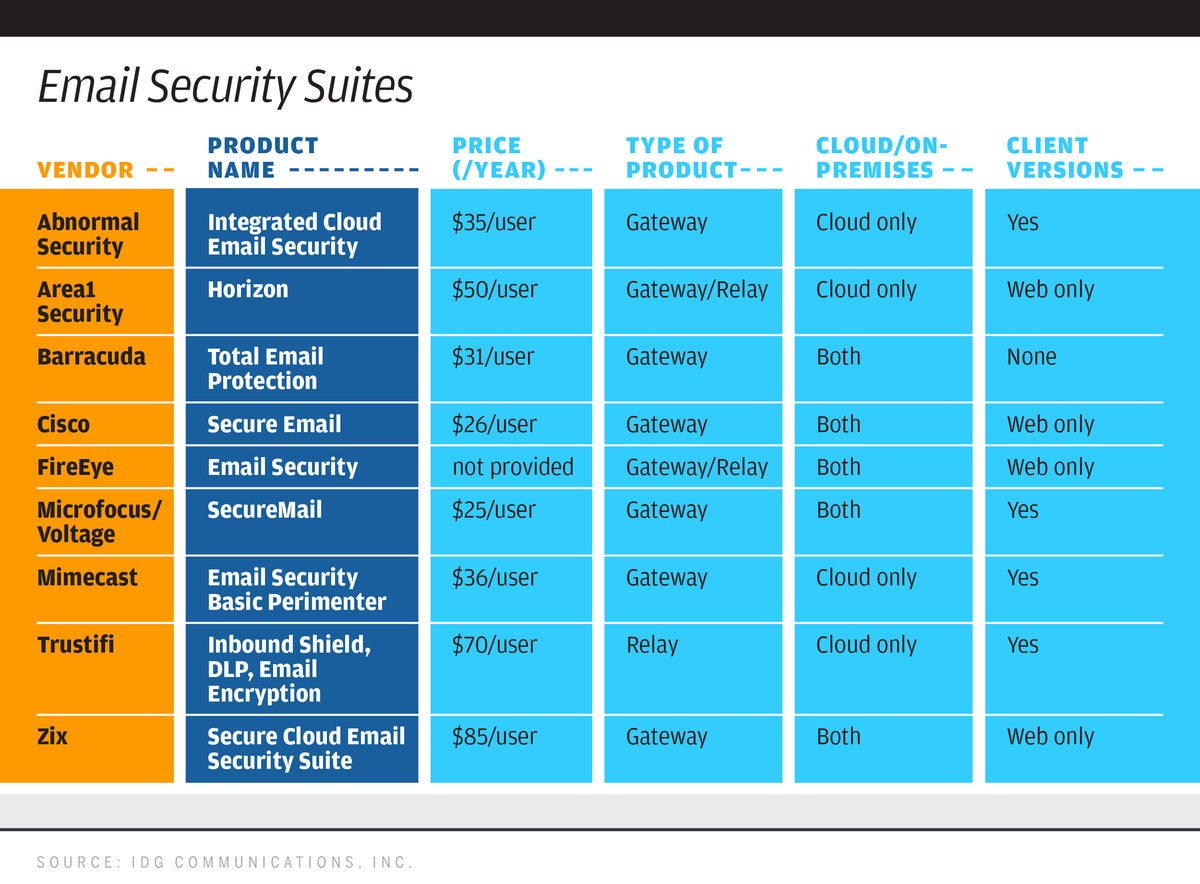Taylor Swift and I have something in common: we both are having trouble retaining our back catalogs. In her case, she is busily re-recording her first six albums since the originals are now under the control of a venture-backed investment group. In essence, she is trying to devalue her earlier work and release new versions that improve upon the recordings. In my case, I am just trying to keep my original blog posts and other content available to my readers, despite the continued effort by my blog editors to remove this content. Granted, many of these posts are from several years ago, back when we lived in simpler times. And certainly a lot of what I wrote about then has been eclipsed by recent events or newer software versions, but still: a lot hasn’t. Maybe I need to add more cowbell, or sharpen up the snare drums. If only.
I realize that many of my clients want to clean up their web properties and put some shiny new content in place. But why not keep the older stuff around, at least in some dusty archive that can still receive some SEO goodness and bring some eyeballs into the site? Certainly, it can’t be the cost of storage that is getting in the way. Maybe some of you have even done content audits, to determine which pieces of content are actually delivering those eyeballs. Good for you.
Although that link recommends non-relevant content removal, which I don’t agree. I think you should preserve the historical record, so that future generations can come back and get a feel for what the pioneers who were making their mark on the internet once said and felt and had to deal with.
 Some newspaper sites take this to the extreme. In July 2015, the venerable Boston Globe newspaper sent out a tweet with a typo, shown here. Typos happen, but this one was pretty odd. How one goes from “investigate” to “investifart” is perhaps a mystery we will never solve, but the Globe was a good sport about it, later tweeting, “As policy we do not delete typographical errors on Twitter, but do correct#investifarted…” Of course, #investifarted was trending before long. The lesson learned here: As long as you haven’t offended anyone, it’s ok to have a sense of humor about mistakes.
Some newspaper sites take this to the extreme. In July 2015, the venerable Boston Globe newspaper sent out a tweet with a typo, shown here. Typos happen, but this one was pretty odd. How one goes from “investigate” to “investifart” is perhaps a mystery we will never solve, but the Globe was a good sport about it, later tweeting, “As policy we do not delete typographical errors on Twitter, but do correct#investifarted…” Of course, #investifarted was trending before long. The lesson learned here: As long as you haven’t offended anyone, it’s ok to have a sense of humor about mistakes.
Both Tay and I are concerned about our content’s legacy, and having control over who is going to consume it. Granted, my audience skews a bit older than Tay’s – although I do follow “her” on Twitter and take her infosec advice. At least, I follow someone with her name.
I have lost count on the number of websites that have come and gone during the decades that I have been writing about technology. It certainly is in the dozens. I am not bragging. I wish these sites were still available on something other than archive.org (which is a fine effort, but not very useful at tracking down a specific post).
I applaud Tay’s efforts at re-recording her earlier work. And I will take some time to post my unedited versions of my favorite pieces when I have the time, typos and investifarts and all.
In any event, I hope all you stay healthy and safe this holiday season.




 One of the speakers was Dawn Song, a computer science professor at the University of California at Berkeley. She outlined a four-part framework for responsible data use by AI that includes:
One of the speakers was Dawn Song, a computer science professor at the University of California at Berkeley. She outlined a four-part framework for responsible data use by AI that includes:
 Last week was the 20th anniversary of the Open Web Application Security Project (
Last week was the 20th anniversary of the Open Web Application Security Project (